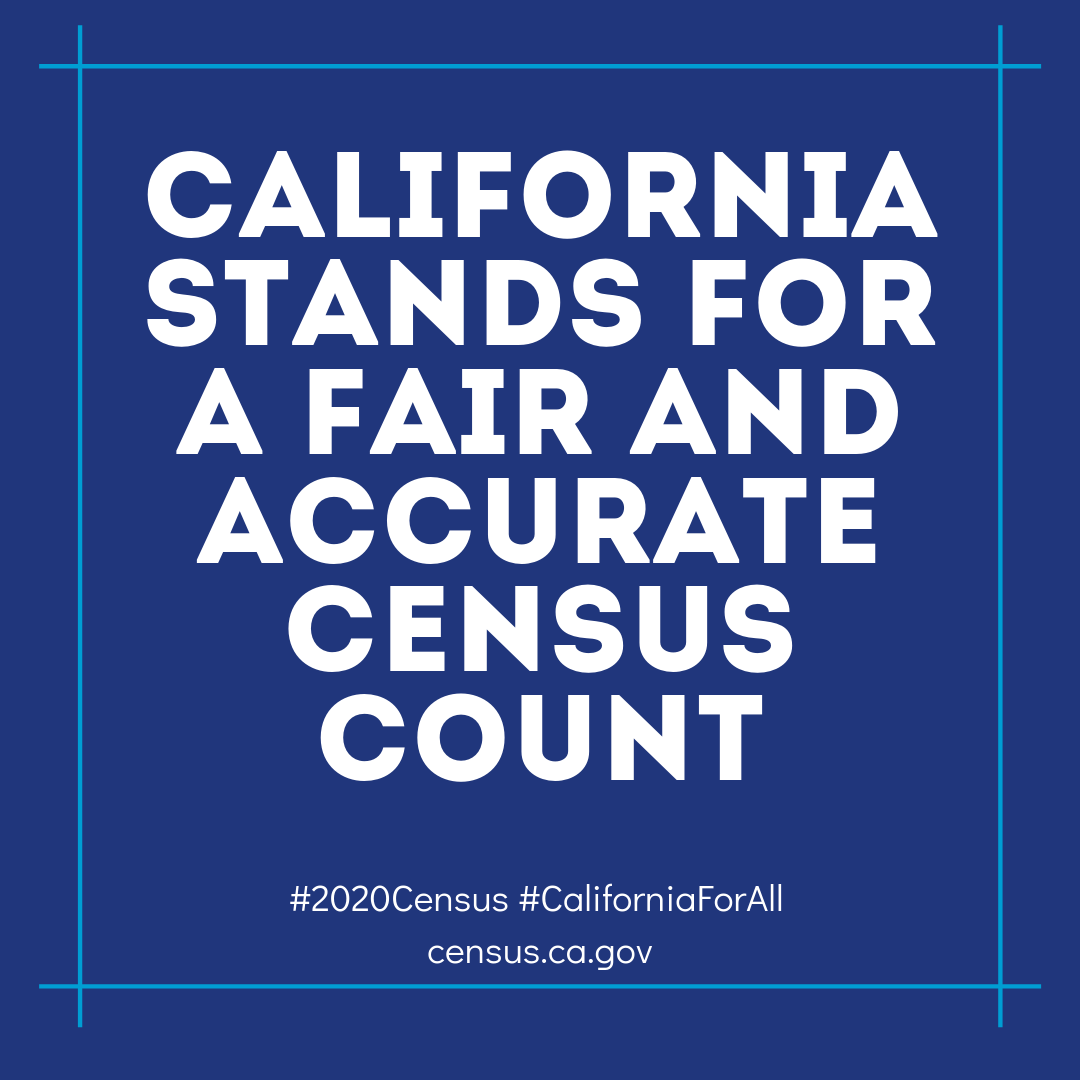Every 10 years, the U.S. Census Bureau counts every person living in the United States. The census provides critical data that lawmakers, school leaders, business owners and many others use to provide daily services, products and support for you and your community. Every year, billions of dollars in federal funding go to schools, hospitals, fire departments, roads and other resources based on census data. The results of the census also determine the number of seats each state will have in the U.S. House of Representatives, and they are used to draw congressional and state legislative districts.
In mid-March, homes across California and the country will begin receiving invitations to complete the 2020 Census. People will be able to respond for their residence in one of three ways: online, by phone or by mail. By April 1, national Census Day, every home will have received an invitation to participate.
In the 2010 census, nearly one million children were not counted, according to the U.S. Census Bureau. California has the top 10 hardest-to-count counties in the United States, and children are oftentimes forgotten when their families complete the census questionnaire. An undercount of children means families and schools are missing out on much-needed federal resources and support. This is the first census that will rely heavily on online responses, making clear and consistent messaging even more important. California schools receive more than $7 billion in federal funding, which is impacted by a complete and accurate census count. Much of that money funds programs that directly affect children. They include special education, school nutrition programs, Head Start, foster care, Medicaid, the Children’s Health Insurance Program and before- and after-school programs.
School leaders play an important role in obtaining an accurate census count by communicating clear and accurate messages regarding the importance of the census. The California Census Office has a wealth of resources to help ensure an accurate count, including a toolkit for educators that includes talking points, sample parent letters, a sample press release and other messaging tools.
Important messaging points
In addition to messaging about the importance of an accurate count for federal funding, it is also critical to alleviate concerns that census information may be used in a punitive manner. Much of this fear comes from the battle to include a citizenship question that played out in the federal courts last year. The 2020 census has no citizenship question. The 2020 census is safe and secure — the Census Bureau cannot release any identifiable information about individuals, households or businesses, even to law enforcement agencies.
Because this is the first census that will rely heavily on online participation, it is important that your community is aware of this. Community members will receive a unique identifying number in the mail that will allow access to the online form. Included with that information will be a language assistance sheet with toll-free numbers for 13 languages in which the census questions can be answered.
The California Department of Education recently issued a letter to state school leaders encouraging schools to play a leading role in the pursuit of an accurate census count. “This year, we ask that parents, educators and administrators participate in census outreach,” State Superintendent of Public Instruction Tony Thurmond writes. “Schools are also encouraged to coordinate with community-based outreach efforts by inviting speakers from local Complete Count Committees, hosting joint informational forums, and staying connected with state-funded Census Complete Count Regional Program Managers. Find regional outreach efforts at the California Census 2020 website at https://census.ca.gov/regions.”





